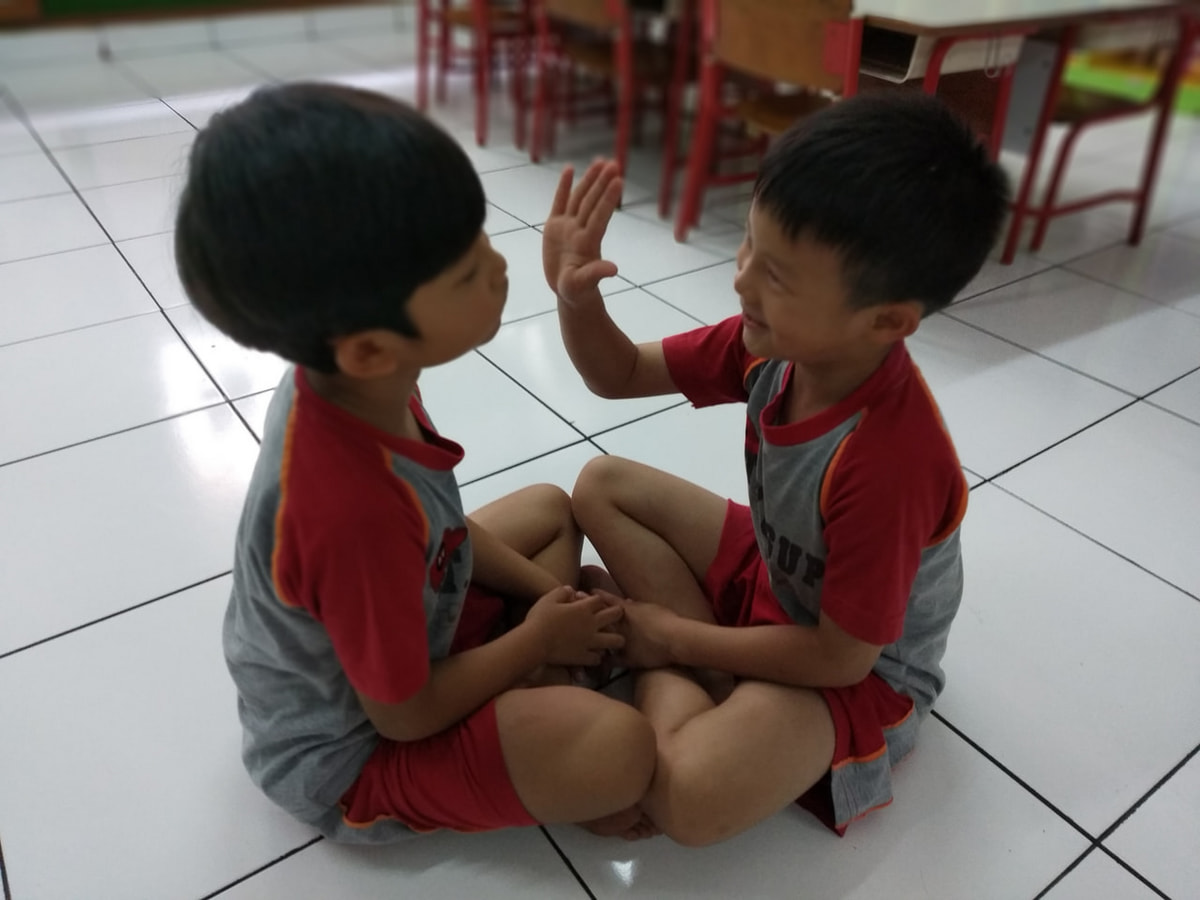Other languages : Arabic

Santo Yusuf 2 Bandung Kindergarten has started implementing class discussion activities in the 2019/2020 school year. As anticipated, when the teacher provided free time for discussion, the children spoke in response to each other so that it seemed noisy and chaotic. The teachers then reflected and they found some interesting things: 1) children need to learn to talk to each other gradually -from pairs, group of four, group of six and so on, up to the whole class; 2) children need to pay attention to their turn to talk; and 3) children need to learn an important skill: listening.
Basically, teachers and children can ask any topic they want to discuss. In order to form interesting and fun conversations, at first the teachers offer several topics related to children's daily lives such as preferences. Furthermore, children can offer topics that they want to talk about among themselves. When children find pleasure in discussing in an all-listening-to-each-others environment, they can have class discussions related to their daily lives in class and at school. They can also discuss topics such as cleaning the classroom, washing hands, eating lunch and even other school activities.



Target grades:
Activity Categories:
Time:
Kindergarten, Elementary School, High School
Class Meeting
10-15 minutes
![]()
Aim
Through mutual listening activities, children will learn how to discuss in pairs, take turns talking and listening, respecting each other's stories/experiences and reflecting on fun class discussion activities.
![]()
Teaching Materials
- Listening Skill Protocol: Pair Talk
- Mini board or sticky notes
- A watch
![]()
Implementation Procedures
To make this pair discussion activity fun, the teacher develops it as if the children are chatting in a relaxed atmosphere like in a cafe. For this reason, the teacher offers each pair simple choices such as food, drinks, toys, anime, or other things that are relevant to the students' preferences and daily life. For example, each couple is offered drinks such as milk and chocolate and if one chooses milk, the other takes chocolate. This preference option not only plays a role in the setting the chat situation, but also makes it easier to alternate speaking and listening roles. In development, children can offer a choice of preferences.
After the preference choices are formed, the pair discussion begins by determining who speaks first – for example the Milk, while their partner plays the role of listening – for example the Chocolate. After that, they switched roles. When their partner is telling a story, the listener applies an attitude of full attention and appreciation. The following is an overview of pair discussion activities by emphasizing mindful and empathic listening
1.The Facilitator (teacher or student) explains and emphasizes the importance of paying attention and understanding each other when talking in pairs
2.The Facilitator models some important attitudes when carrying out a listening to each other: a) sitting face to face; b) knee to knee and eye to eye; c) give a nod and a smile as a sign of 'I understand and appreciate it'; and d) pat on the shoulder or hand while saying “Thank you for listening to my story”.
3.The facilitator offers a choice of preferences and determines the turn and duration of speaking (approximately 2-3 minutes).
4.The facilitator then asks a theme/issue to discuss. In order to help students speak fluently, the facilitator can provide time (1-2) minutes for participants to prepare/write the material for the conversation by providing a mini white board or sticky notes.
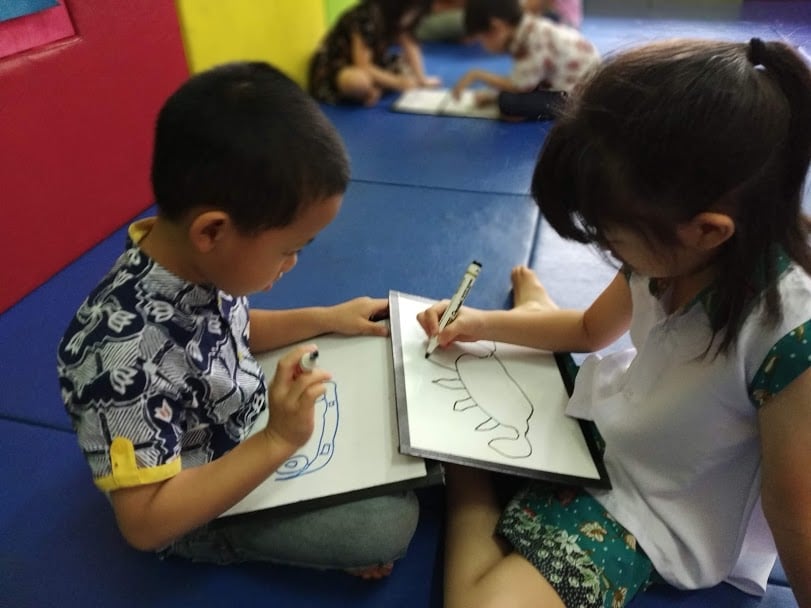
5.To keep the duration equal, the facilitator can act as a time keeper or can ask each partner to manage their own time.After the discussion in pairs, the facilitator expands the scope of the discussion, for example into a four-person discussion (quartet) or class discussion.
6.After the discussion in pairs, the facilitator expands the scope of the discussion, for example into a four-person discussion (quartet) or class discussion.
7.In expanding this discussion, the facilitator invites participants to reflect on what they have learned from their partner's story.
8.The facilitator closes the discussion not by concluding, but inviting reflection or following up.
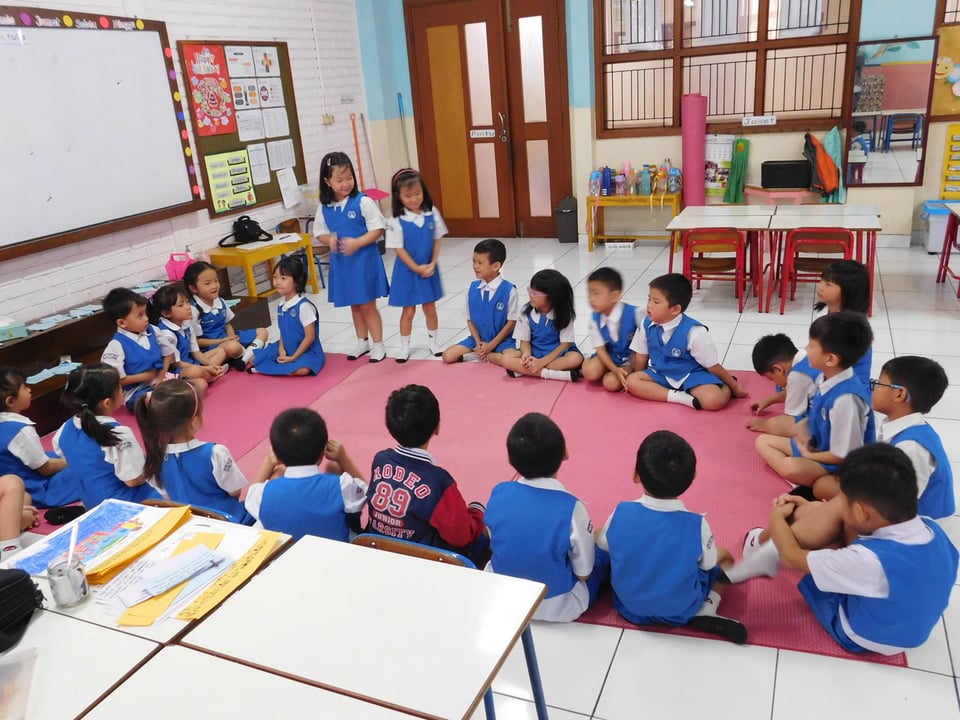
![]()
Reference Data
Related article
-
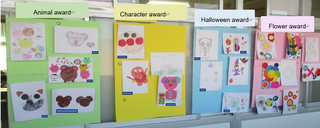
【Japan, Saitama Prefecture】 Classroom Discussion that Utilizes Subject Learning(“Mathematics”) to Make Classroom Life More Fun and Enriching
-

【The UK/ Rikkyo School England】Let’s make school commercial!
-
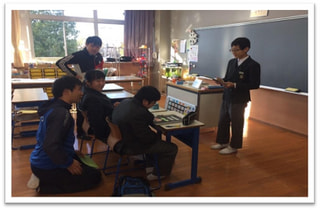
【Saitama Prefecture, Japan】 Cultivating a Spirit of Independence - Making Rules for Internet Use by Students for Students
-
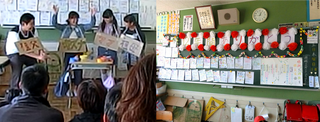
【Saitama, Japan】"Last Parents' Class Observation" with laughs and tears, created by the students themselves!
Previous
MyMission : Make your home feel like school
Next
Establishing Healthy Lifestyle of Young Children through Cooperation between Kindergarten and Home

